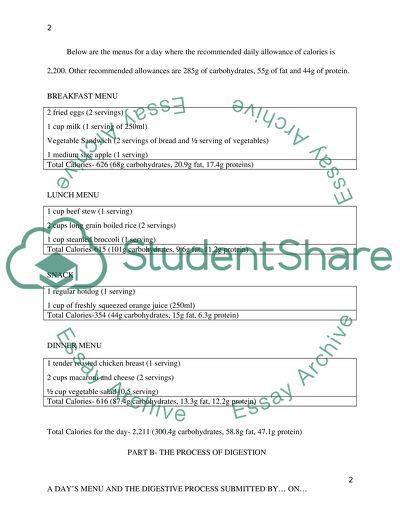Nutrition1 Essay Example | Topics and Well Written Essays - 750 words. Retrieved from https://studentshare.org/health-sciences-medicine/1688995-nutrition1
Nutrition1 Essay Example | Topics and Well Written Essays - 750 Words. https://studentshare.org/health-sciences-medicine/1688995-nutrition1.


